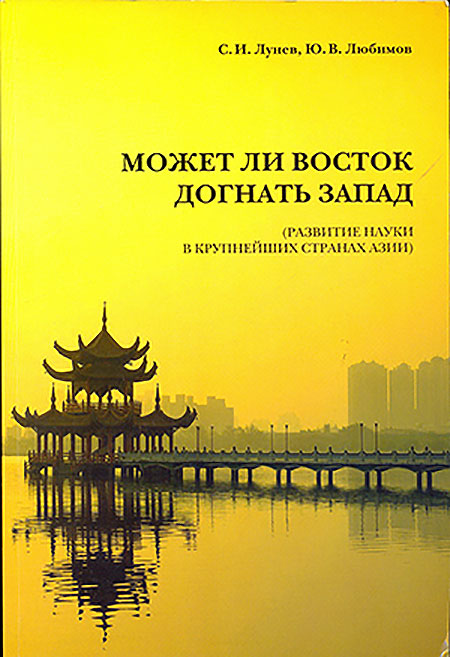Book
Японский рынок труда в ХХI веке
Экономические и социальные проблемы
Institute of Oriental Studies of the Russian Academy of Sciences
Москва, 2019, 314 p.
Being one of the most developed countries of the world and having all formal institutions of a market economy, in the organization of the economic life, until recently, Japan retained a number of features, that markedly distinguished it from other developed states. These differences are also evident in the Japanese labor market. On the one hand, there are processes that are characteristic of all developed countries, that have passed to the stage of post-industrial development. On the other hand, national traditions, norms and notions, that have been established in the public consciousness, demonstrate surprising vitality and give these processes a significant uniqueness.
The specific features of the Japanese labor market include the deep dividing line between permanent and non-permanent workers, the polarization of young people by status and income depending on the type of employment, the specific model of women's employment and participation in economic life, the practice of forced dismissal by age etc. Most of these features were formed under the influence of a specific Japanese system of labor management – the so-called system of lifetime employment.
Of course, much in Japan has changed and continues to change. Due to the liberalization of labor legislation, diversification of forms of employment, changes in the system of lifetime employment, the Japanese labor market has become more mobile and flexible, more adequate to the needs of the economy. However, since Japanese society continues to be held captive by its previous ideas about proper work, a decent career, separation of roles between men and women in the family and at work, etc., the clash of these ideas with the new reality gives rise to a number of painful social phenomena. Among them there are the emergence of various groups of “non-standard” youth, a sharp increase in the proportion of unmarried young Japanese women and man, a drop in the birth rate, a deepening of social stratification by status and income, etc.
The fact that the resources of the Japanese labor market are not fully used is indi-cated by the existence of various structural inconsistencies at it. Thus, under a low level of unemployment, structural unemployment increases, i.e. the discrepancy between the requirements of companies to the quality of the workforce and the professional and qualification structure of workers, entering the labor market. With a general shortage of labor, a rather high percentage of layoffs indicates, that there is a gap between job expectations of workers and the actual conditions, in which they find themselves. The significant differences in the ratio of demand and supply of labor between different sectors of the economy, as well as between enterprises of different size, have acquired practically stagnant nature, indicating low mobility of labor force. The adherence of Japanese youth to previous ideas about the value of lifetime employment is increasingly at odds with the possibilities and needs of the labor market. Finally, one of the distinguishing features of the last decades was the discrepancy in the dynamics of labor productivity and wages.
Meanwhile, the issue of a more complete and effective use of the latent reserves of the labor market is becoming increasingly important due to the rapid aging of the country's population, accompanied by the exacerbation of the problem of labor shortage.











